The loss of railway branch lines in the north-east is often lamented nowadays, but there were no tears shed when Tillynaught Station was torn down in 1970.
End of the line for Tillynaught Station
The last main link with the railways on the Banffshire coast was unceremoniously severed when Tillynaught Junction Station was burned to the ground.
Tillynaught was on the Banff, Portsoy and Strathisla Railway, connecting the coastal towns of Banff and Portsoy to the mainline from Aberdeen.
In its heyday, Tillynaught was a busy junction with three platforms, but the branch line to Banff closed to passengers in 1964 before the whole line closed in 1968.
On this day in 1970, the P&J reported on the sad demise of the station building.
The P&J said “no tears were shed as five Aberdeen men set about razing the building”.
The reporter, rather glumly, added: “All that will remain, sticking out like a sore thumb at Lord Beeching, will be the old railway bridge, crossing the now desolate line.”
Other stations on the line at Portsoy, Cornhill, Grange, Knock and Tochineal were only to be partly demolished.
A British Rail spokesman said Tillynaught was located in a “remote and desolate part of the country” and as such was of “no value for sale” unlike the other stations.
He added in defence: “We don’t just pull them down willy-nilly. We don’t just vandalise the place.”
Zygmunt Slotwinski, the foreman in charge of pulling old stations down, was less wistful.
He said: “I don’t feel a bit sad about these old stations being destroyed. They are eyesores.
“When we set fire to the buildings they were so dry they went up like a bomb.”
Protection for point-duty PCs at Pittodrie
Going from trains to automobiles, busy junctions near Pittodrie were to be floodlit on match days after a policeman got knocked down.
We take street lighting for granted these days, but in 1970s, many of our city streets were shrouded in darkness after nightfall.
In fact, many were still lit be gas.
Although that’s no excuse for the unfortunate driver who mowed down a bobby.
Aberdeen City Council’s ‘watching and lighting’ committee decided to light up police-controlled junctions when Aberdeen FC’s winter games ended in darkness.
The decision came after a policeman on point duty (directing traffic by hand) got run down.
Although it would cost £200 to bring in floodlights, committee convener, Councillor Dr Norman Hogg, said: “Constables are entitled to the fullest degree of protection they can get on point duty.”
Indeed. If you’ve ever been stuck in matchday traffic around Pittodrie, you’ll know point duty must have been a thankless task.
Scrap over chip wrapper ended in jail term
Aberdeen’s boys in blue weren’t having the best of luck on this day in 1970.
Another report in the same edition of the P&J shared a court story, where two policemen were kicked and punched by a group of youths in Logie Place.
The incident occurred when the bobbies told a gang of 15 youths on the street to move on.
One youngster reacted by pushing a fish and chip paper inside the policeman’s tunic.
Unsurprisingly, this did not go down well. One of the gang, a 21-year-old called George, then lunged forward and punched the police officer in the stomach.
The constables were assaulted repeatedly while a crowd of onlookers gathered around.
Depute fiscal told Aberdeen Sheriff Court that 40 people watched the scrap, but “none of the crowd helped the police”.
Young George admitted assaulting the two police officers, obstructing and molesting them in the execution of their duty, as well as breaking the peace.
He also admitted 10 previous convictions that included police assault, and was duly jailed for nine months.
Brave singers sought to perform in the buff for Hair musical tour
And finally, a call went out to the north-east’s finest (or perhaps bravest) thespians to audition for controversial musical ‘Hair’.
The production was coming to His Majesty’s in November 1970 and some additional cast members were being sought for the tour.
We’d barely bat an eyelid these days, but folk of a certain age may recall how shocking Hair was when it hit the stage in the late ’60s.
Written to be contentious, Hair featured obscene language, drug use, sexuality – and the most shocking content of all, nudity.
Bearing in mind, this was of the era when moral campaigner Mary Whitehouse went after the BBC for “excessive” bad language and portrayals of sex. Ooh err!
The ad in the P&J read: “Would you like to appear in ‘Hair’, the American tribal love-rock musical?”
Producer James Verner reassured potential candidates that any successful singers, dancers or musicians would not take part in the Aberdeen production.
It probably wasn’t the done thing to be seen leaping around on stage partaking in a hippy love-fest in your home city while stark naked.
More from our On this Day series:
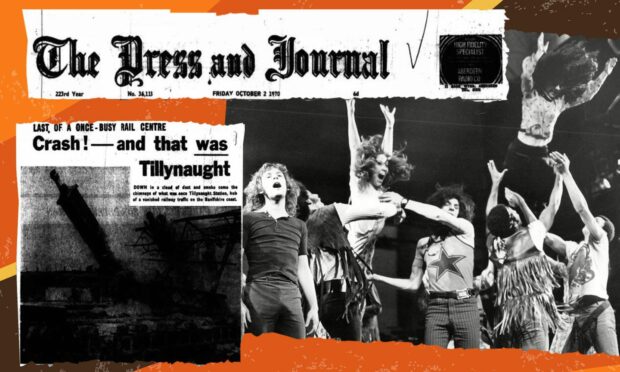
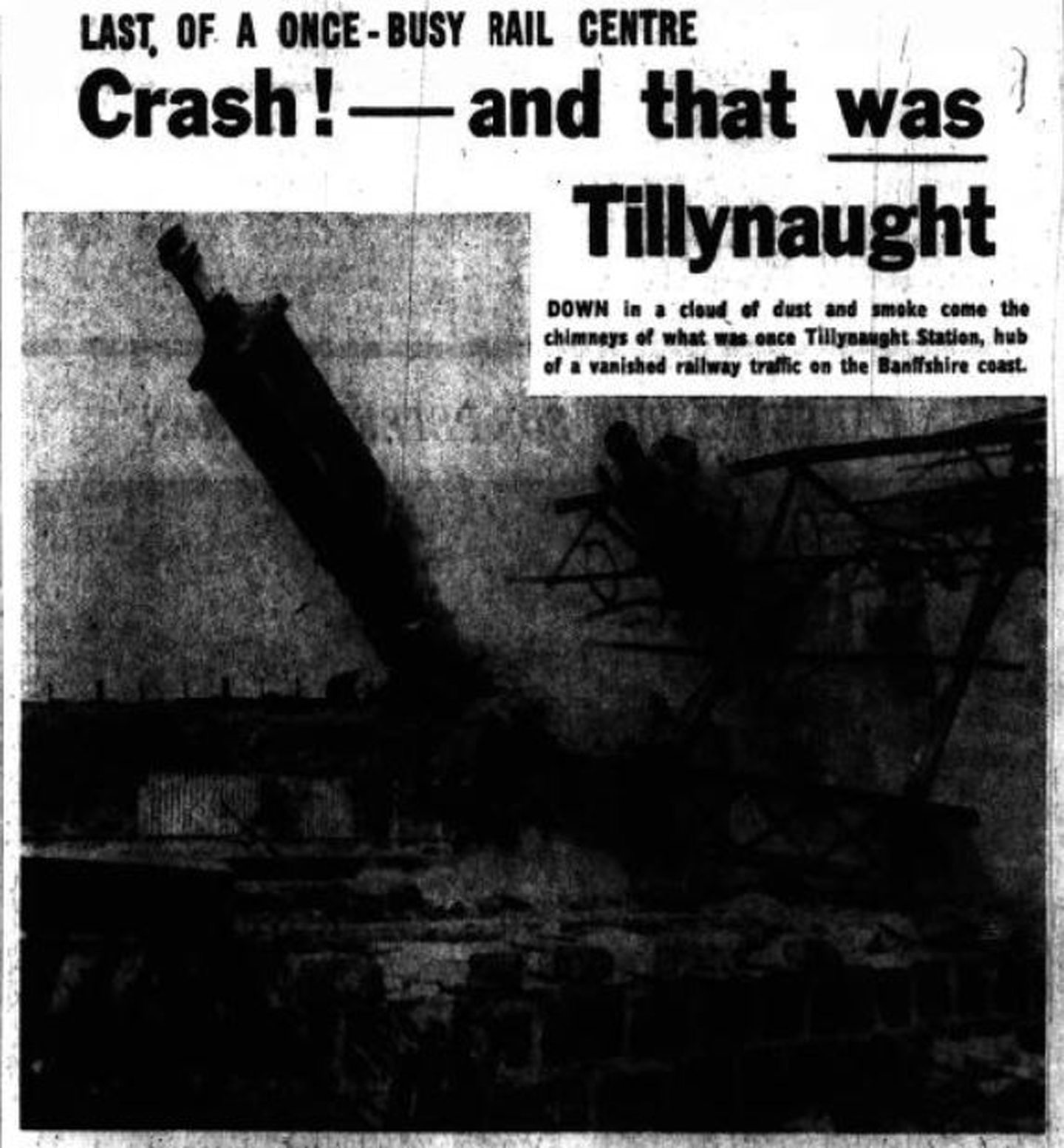
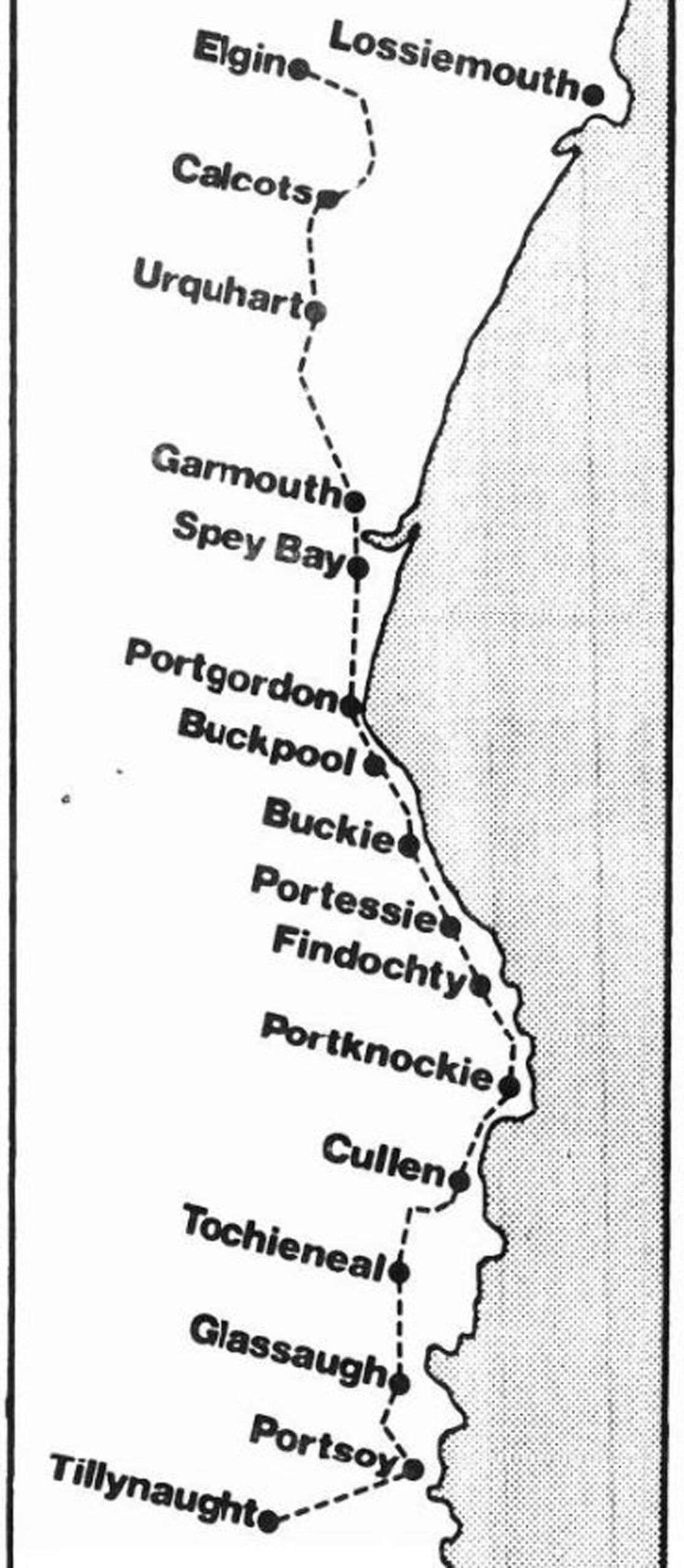
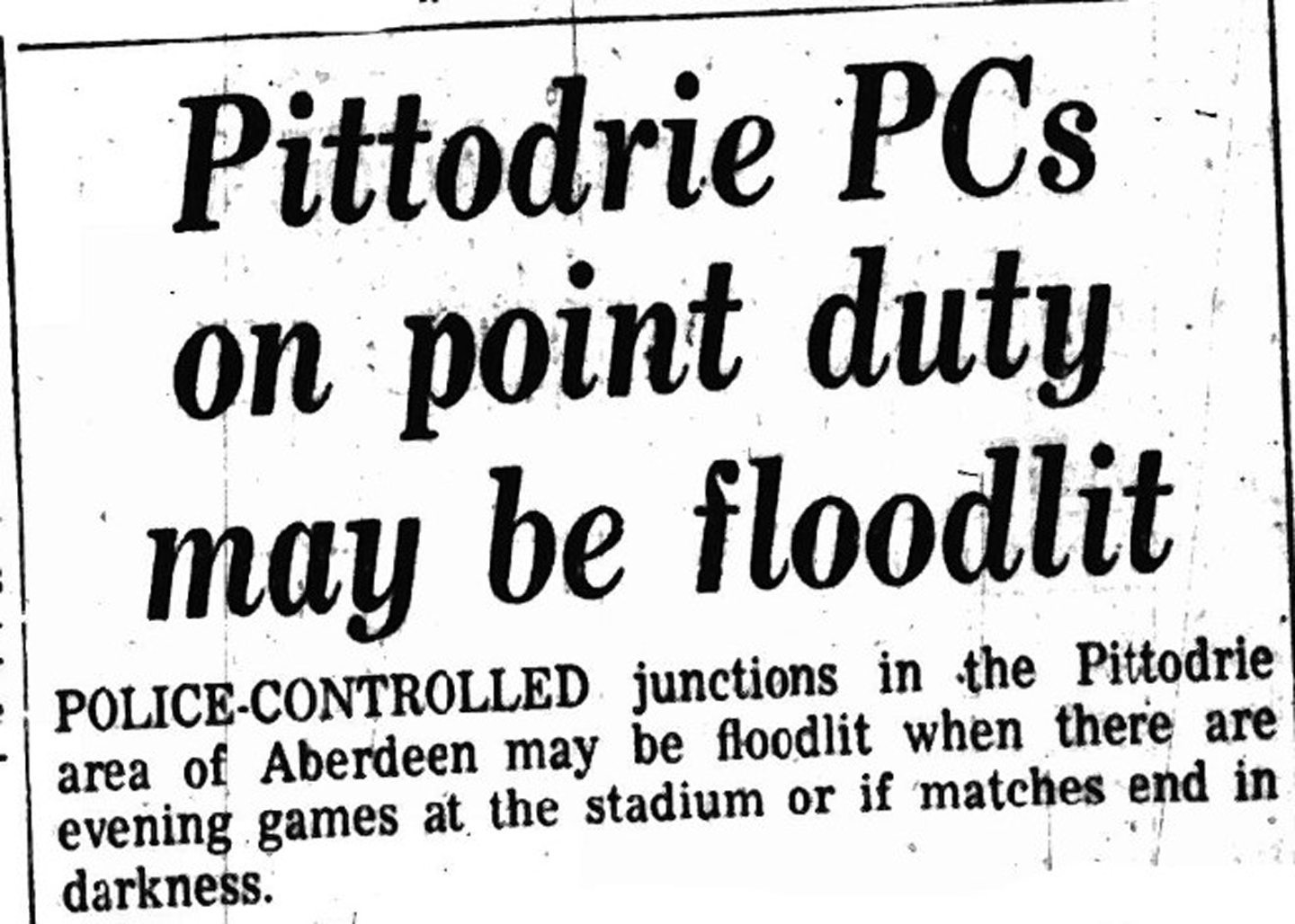




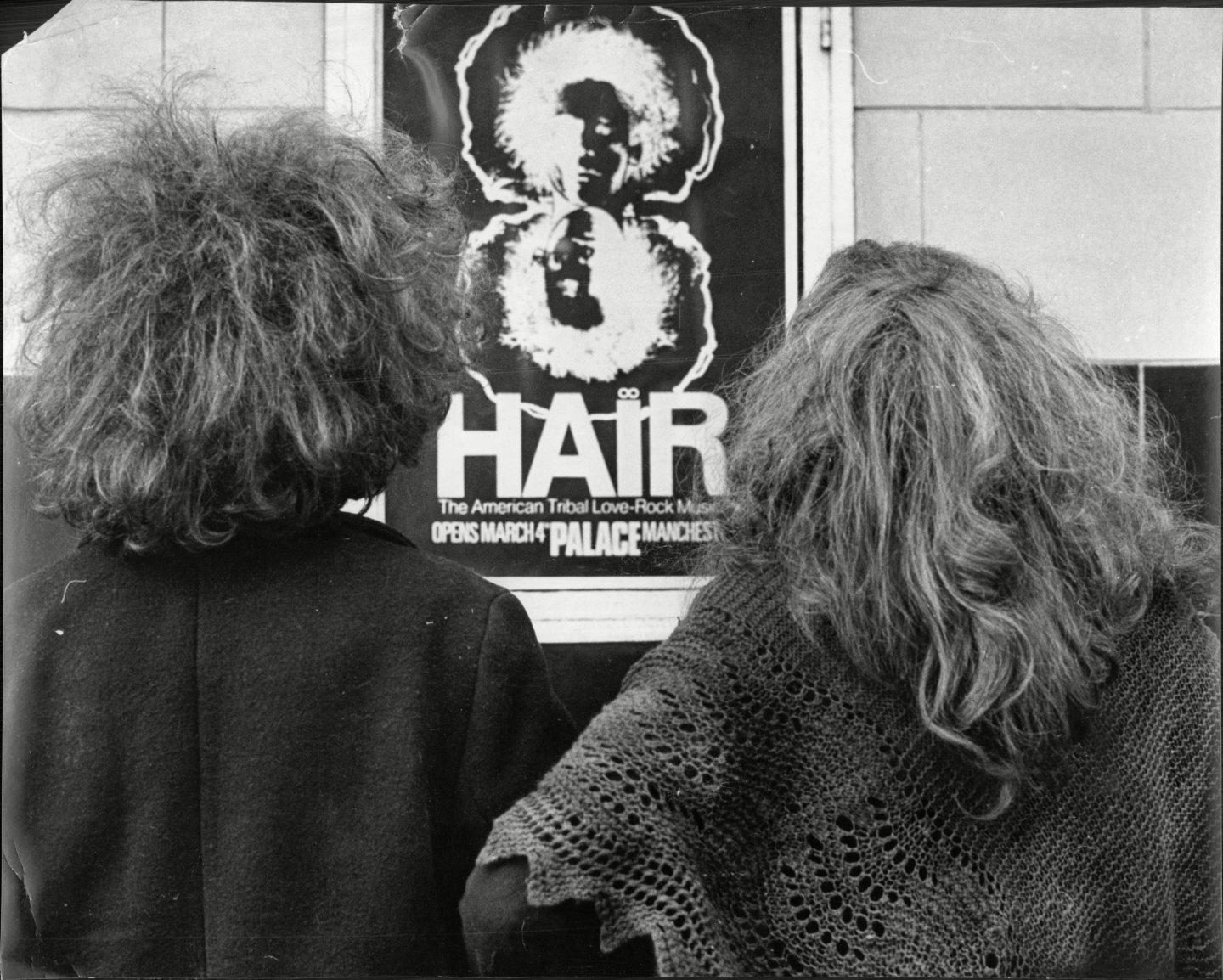


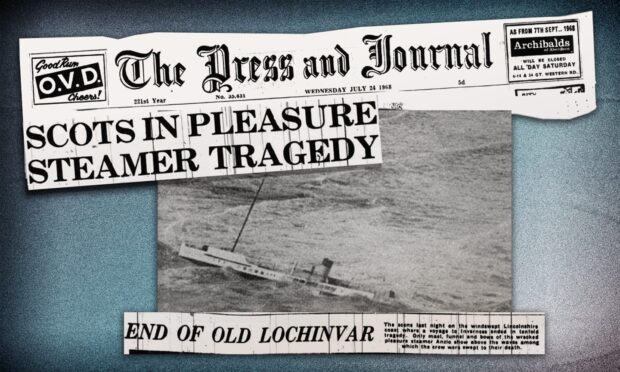
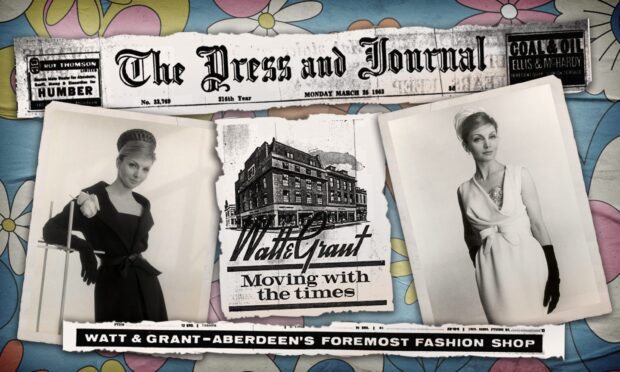
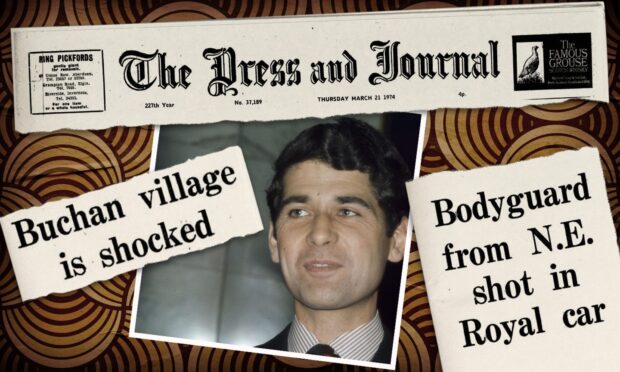
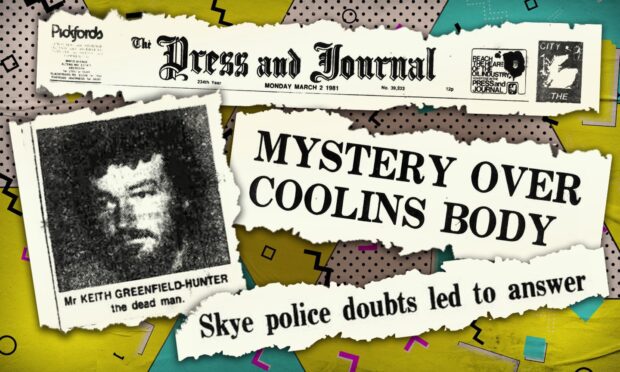
Conversation